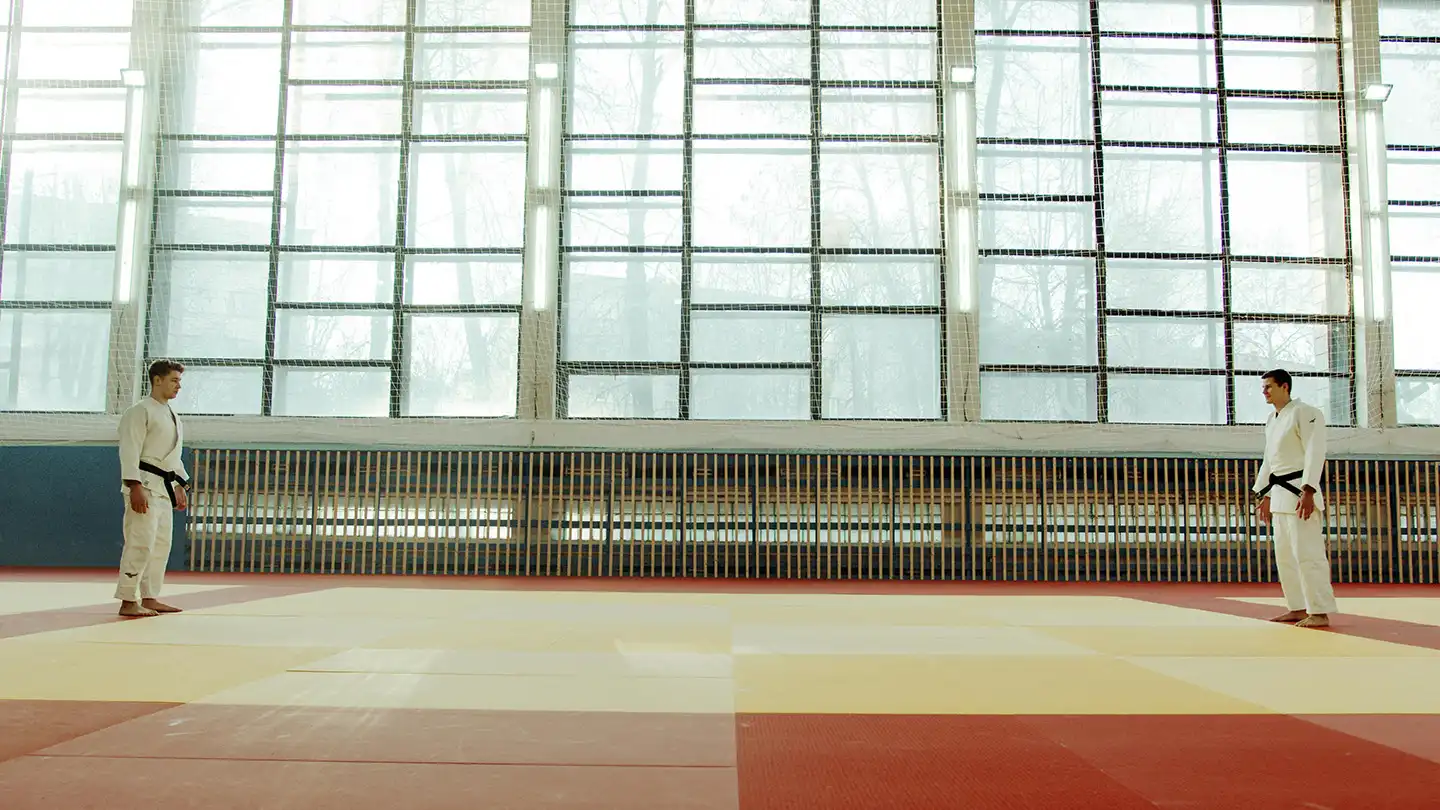HTML5 vs GIF banner ads — which format should you choose?

Choosing between HTML5 and GIF banner ads isn’t just a technical decision — it affects campaign performance, production time, and costs. This guide breaks down the differences, use cases, pros and cons, production tips, and when to pick HTML5, GIF (or animated WebP) depending on your campaign goals.
Quick overview: what each format is
GIF (animated GIF)
GIFs are an old but reliable way to add motion to banner ads. A GIF is a simple animated image made of sequential frames. It’s supported virtually everywhere, requires no special runtime, and can be produced fast — which makes it a favorite for low-cost, quick-turnaround campaigns.
HTML5
HTML5 ads are mini web-pages: they use HTML, CSS, and JavaScript to create animations, interactions, and responsive behavior. Unlike GIFs, HTML5 creatives can be interactive (click-to-expand, mouseover effects, dynamic content) and are usually packaged as a zipped folder for upload to ad platforms.
Strengths & weaknesses (at a glance)
When GIFs shine
- Universal compatibility. Works in any browser or ad placement that accepts images, with no special runtime.
- Fast production. Designers can quickly create animated GIFs from image frames or short timeline exports.
- Simplicity. Good for simple sequential messaging (frame-by-frame storytelling) and lightweight creative briefs.
GIF drawbacks
- Limited interactivity. No clickable regions or dynamic behavior beyond the entire image link.
- File size and visual quality. GIF is color-limited (256 colors) and often produces larger files and banding for photographic content. Complex animation leads to big files that may exceed ad network limits.
- No audio. GIFs are silent, which is usually fine for display but limits creative possibilities.
When HTML5 wins
- Interactivity and rich media. Supports click-through hotspots, dynamic content, advanced animations, and interactive experiences that can increase engagement.
- Better compression & assets. Uses vector graphics, sprite sheets, and optimized images — leading to smaller delivered file sizes for complex experiences.
- Responsive & adaptive. HTML5 creatives can adapt to different sizes, viewports, and device capabilities.
HTML5 drawbacks
- More complex production. Requires developer/designer collaboration and QA across browsers and platforms.
- Platform restrictions. Some ad networks restrict JavaScript or require specific packaging and backup/fallback images.
- Ad platform acceptance. Some publishers or DSPs have strict validation rules for HTML5 creatives; troubleshooting can be required.
Performance considerations
Load time & perceived speed
- File size affects load time and viewability. An optimised HTML5 creative can often be smaller than an equivalent high-frame-count GIF because HTML5 can reuse assets (sprites, SVGs) and delay-loading heavier files. For GIFs, the more frames or higher color fidelity you want, the bigger the file grows — and heavy GIFs harm viewability.
Engagement & interaction
- Interactivity matters. HTML5’s ability to use hover, click-to-expand and micro-interactions typically produces higher engagement (and can improve click-through rates) when used appropriately. GIFs rely only on motion to arrest attention.
Platform specs & delivery
- Every ad network imposes rules: file size caps, allowed formats, and accepted creative behavior. Always check publisher specs early — a creative rejected near launch increases turnaround time and cost. (Tip: build to the strictest spec if you plan cross-network buys.)
Production workflows & cost
GIF workflow (fast, lower cost)
- Designer lays out frames in Photoshop or After Effects.
- Export frames or an animated sequence and render to GIF (or export to WebP animation for better compression if supported).
- Optimize file size (crop, reduce frames, compress, lower colors).
- Deliver JPG/PNG fallback for platforms that prefer static images.
Cost: lower. Turnaround: hours to a few days.
HTML5 workflow (longer, higher return)
- Concept & storyboard emphasizing interactivity and responsive needs.
- Visual design and asset creation (SVGs, sprite sheets, optimized images).
- Development using HTML/CSS/JS (or a tool like Google Web Designer).
- QA across browsers, ad validators, and fallback behaviour (static image).
- Packaging into a ZIP and testing in ad servers / DSPs.
Cost: higher. Turnaround: several days to a week (or more for complex builds).
SEO, tracking, and measurement differences
- Click measurement: Both formats can track clicks but HTML5 allows event-level tracking (e.g., clicks on different elements, hover actions) without relying on the landing page.
- Viewability & attribution: Rich interactions (HTML5) can improve viewability metrics because they may encourage longer attention spans. However, you should still implement conversion tracking on landing pages for consistent measurement.
- Ad validation & compliance: HTML5 requires more robust QA to avoid failed uploads or disallowed scripts. GIFs are low-friction but limited in analytics depth.
When to choose GIF (recommended use cases)
- Quick promotions or seasonal banners where time-to-market matters.
- Low-budget campaigns and remarketing where simple messaging works well.
- Placements that do not accept HTML5 or where publisher constraints are strict.
- If your creative is photographic and you want a very simple animated tease (but prefer to keep file sizes low).
When to choose HTML5 (recommended use cases)
- When you need interaction: expanders, carousels, quizzes, or dynamic content.
- For higher-value campaigns where engagement and measurement matter — especially top-of-funnel brand campaigns and mid-funnel ads that need to communicate multiple product features.
- When you want responsive creatives that adapt to multiple placements without producing many different files.
- When smaller delivered file size for complex motion is a priority (HTML5 often beats GIF here).
Animated WebP as a middle ground
Animated WebP is a modern alternative to GIF with better color depth and compression, often producing much smaller files with superior visual quality. It’s supported increasingly widely but not universally — check placements before solely relying on it. Use WebP when you want GIF-like simplicity with better image quality and smaller sizes.
Practical checklist before you build
Campaign goals
- Is the goal awareness, engagement, or direct leads? HTML5 favored for engagement; GIF/WebP for awareness & speed.
Placement & platform
- Confirm platform support and file-size limits. If a publisher blocks HTML5, plan fallback GIFs or static images.
Budget & turnaround
- Match production complexity to budget. For short tests or low CPC plays, use GIF/WebP. For strategic, high-value campaigns, invest in HTML5.
Tracking requirements
- Plan conversion tracking and event measurement. For HTML5, decide which in-ad interactions you want to measure.
QA & validation
- Test on devices and ad servers. Have fallbacks (static image) ready for HTML5.
Production tips (get better-looking ads with fewer headaches)
For GIFs
- Reduce frame count and duration — tell the message in 3–5 frames.
- Use fewer colors or posterize photographic imagery to reduce size.
- Crop tightly and remove unused canvas space.
For HTML5
- Use SVGs and CSS animations when possible — they’re lightweight and crisp on any screen.
- Lazy-load heavy assets.
- Provide a static fallback image for placements that block HTML5.
- Keep external resource calls to a minimum — pack assets into the ZIP.
Testing & optimization
- Run A/B tests where possible. Compare HTML5 vs GIF in the same placement and audience to capture signal on engagement and conversion.
- Track secondary metrics (time on ad, interaction rate) for HTML5 to better assess creative value.
- Monitor file-size, viewability, and load time — optimize iteratively.
Conclusion — a simple rule of thumb
- Pick GIF/WebP when speed, simplicity, and universal compatibility are paramount.
- Pick HTML5 when interactivity, responsiveness, and a polished user experience will drive real incremental value.
Both formats still have their place — the best choice depends on the campaign’s goals, budget, and placement constraints. If you’re unsure, consider a short A/B test: run an HTML5 creative alongside an optimized GIF/WebP in the same audience and measure which produces better engagement and conversion for your objective.


